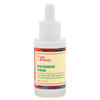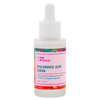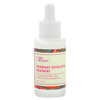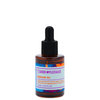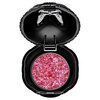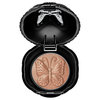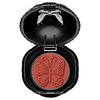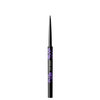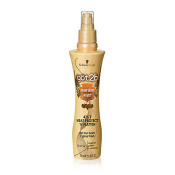
If you have your anti-aging skin care down, it might be time to start thinking about your hair. If you don’t take care of what you’ve got, it can start to look dull and, well, old. But don’t panic: Your hair is constantly renewing itself, even as you age, so there’s always a chance to improve it and make it healthier. (We average approximately 1/4 to 1/2 inch of new growth every month.)** **
Anti-aging efforts are a little different when it comes to hair care in that our skin cells are “alive” while the hair shaft itself—what we clean, blow-dry, and force into submission every morning—is not. It’s the hair follicle underneath the skin, the root of the shaft (called the bulb when separated from the scalp) that’s living. Most hair care treatments deal with prettying up the hair shaft, though some (like Clear Hair & Scalp Therapy) aim to address your follicles at the root level.
No need to tear your hair out, though—there are ways to fake a younger-looking mane. When we spoke to Rafe Hardy, the artistic creative director of Sexy Hair, he explained what happens to hair as we get older. “As we age, there are chemical changes in the body. The hair shaft becomes much thinner,” Hardy says, noting that locks still need the old standbys—gentle cleansing and restoring of moisture and proteins through conditioners. Here’s Hardy’s advice for keeping looks healthy and shiny over the years.
Be Heat-Sensitive
Be careful wielding that dryer or flat iron. If you use one (or more) hot tools, thermal protectants are a must to maintain the integrity of the hair, no matter your age. We like Got2b Guardian Angel flat iron balm, which adds shine, seals the hair shaft, and helps protect color. Spray it onto damp locks before heat-styling.
Focus On Volume
As our hair thins with age, products that encompass and plump up the hair shaft, giving it a thicker feel, are ideal. Rafe likes Big Sexy Hair Big Altitude Bodifying Blow Dry Mousse, which contains a protein copolymer blend that attaches to each strand. “This helps to align hair on top of itself, strand by strand from root to tip,” Hardy explains. Coloring hair can also change the texture—and thus give it more volume. Technically the volume you get is due to damage (or roughing up of the cuticle) that color treatment causes, but some fine hair sufferers consider this a sacrifice worth making for a bigger ’do.
Deal With Grays
Hydrogen peroxide, which is produced naturally in the human body, interferes with melanin, the pigment that colors our hair and skin. A buildup of hydrogen peroxide in the follicles is the major cause of gray. When we’re younger, the body naturally produces the enzyme catalase, which breaks down hydrogen peroxide into water and oxygen so the body releases it. As we age, catalase production tails off, and hydrogen peroxide accumulates.
If you’re not keen on graying (which can obviously look super chic!) you can try catalase supplements, which are available in vitamin stores. There’s even a shampoo infused with the enzyme that claims to beat the clock, Go Away Gray. However, the jury is still out on the effectiveness of these products. We say, don’t forget the old standby: color! (That’s more fun anyway.)
Do Pre-Damage Control
The most common damage from environmental stress is the sun. “Ultraviolet rays can deplete hair of its natural moisture content as well as color,” says Rafe. Try a product with SPF, like Alterna Thickening Gel-Lotion. He also recommends pH-balanced, sulfate-free shampoos and conditioners to prevent existing hair from drying out and losing its natural elasticity.
But there is one thing we can’t fight.“Unfortunately, there is no way to elude genetics yet, and by that I mean typical male or female pattern baldness and texture. You can change your style, but you can’t change your family genes,” says Rafe. Luckily, with the right routine, we can help turn back the clock and keep what we do have looking lustrous!
Featured Products
You Might Also Like
-
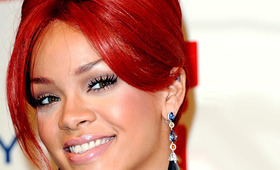
Hair
3 Glam Hairdos from Rihanna’s Hairstylist
- 180
-
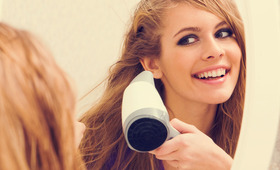
Hair
What You Need to Know About Blow-Dryers
- 185
-
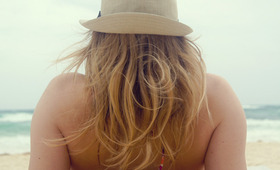
Hair
Beauty Myth: Does Your Hair Grow Faster In The Summer?
- 270
-
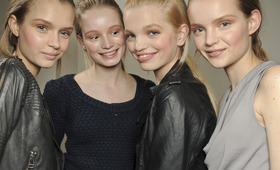
Hair
Milan Fashion Week, Fall 2011: Redken at Prada
- 2
-

Hair
Beach Hair Styling Tips
- 790
-
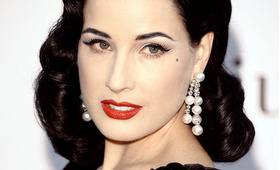
Celebrity Looks
Can You Outdo These 'Dos from Cannes?
- 220
-
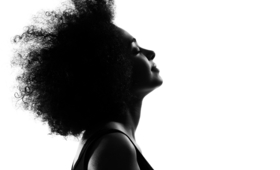
Hair
Best Products For Styling Natural Hair
- 280
-
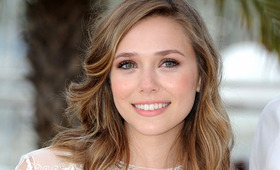
Hair
Cannes Film Festival Hair: Elizabeth Olsen
- 22



